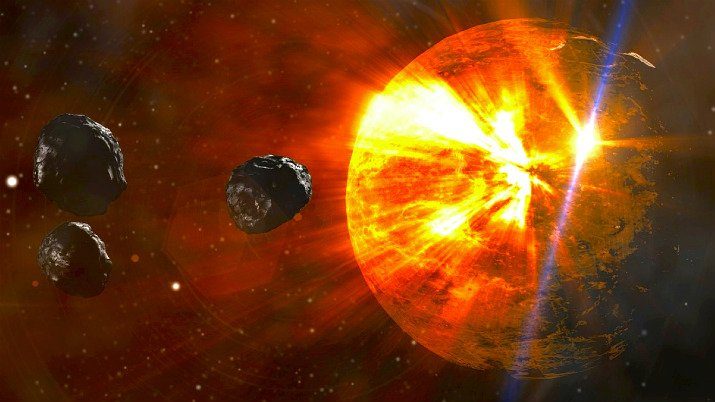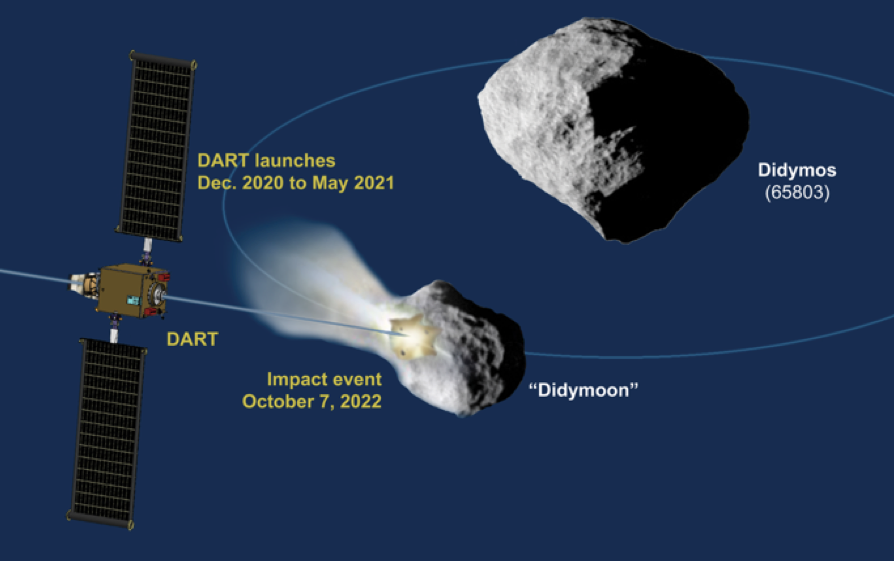OF THE
TIMES
It is difficult to know what to say when one reads of such horrors. :O
Selling would reveal secrets
Will add this QUÉBEC piece in here. Burocrats serve gov't ECONOMICS. A day later the anglo press uncovers & translates & covers (writes)...
It says a lot of our present batch of politicians when they cannot process simply information. Since the present batch of idiots lie so much...
What are you talking about Peter. That 'breeding' is non-stop REPEAT since the Lazy 80s (in our timeline!)
To submit an article for publication, see our Submission Guidelines
Reader comments do not necessarily reflect the views of the volunteers, editors, and directors of SOTT.net or the Quantum Future Group.
Some icons on this site were created by: Afterglow, Aha-Soft, AntialiasFactory, artdesigner.lv, Artura, DailyOverview, Everaldo, GraphicsFuel, IconFactory, Iconka, IconShock, Icons-Land, i-love-icons, KDE-look.org, Klukeart, mugenb16, Map Icons Collection, PetshopBoxStudio, VisualPharm, wbeiruti, WebIconset
Powered by PikaJS 🐁 and In·Site
Original content © 2002-2024 by Sott.net/Signs of the Times. See: FAIR USE NOTICE


Reader Comments
On the other hand, if they do master steering asteroids, psychopaths would have another weapon in their arsenal. Didn't Werner von Braun say the second threat after terrorists was going to be asteroids?
Even Steve Davies / Jimmy White use to get the occasional kick of a cue ball ... and they are a lot better at snooker than SpaceX
Maybe it should be Elon and his Diddymen
Sure, every so often we have to see a Space X rocket fall off a barge to give the impression they have their challenges but from the live broadcasting of landing on the moon to guitar duets in petfect synchronization it ALWAYS turns out fine.
Are they the childish sycophants who do all the cheering in the background of SpaceX cartoons?